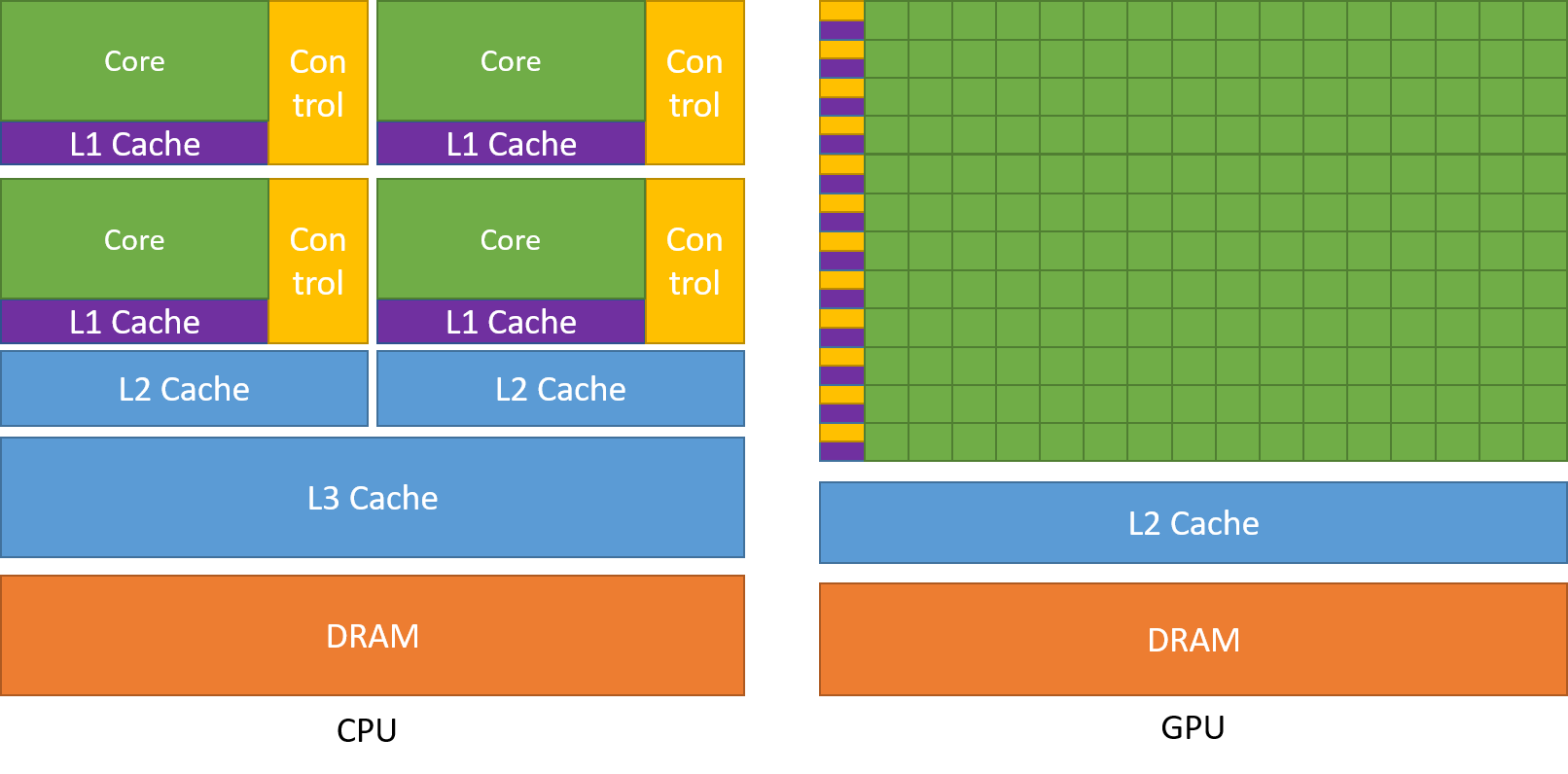CUDA by Example is a comprehensive guide that opens the doors to understanding general-purpose GPU programming. This book, authored by Jason Sanders and Edward Kandrot, serves as an essential resource for developers looking to harness the power of NVIDIA's CUDA (Compute Unified Device Architecture). With the rise of parallel computing and the increasing demand for high-performance applications, learning CUDA programming is more relevant than ever. This article delves into the intricacies of CUDA by Example, providing insights into its content, significance, and practical applications in various fields.
In the realm of computational science and software development, the ability to effectively utilize GPU resources is a game-changer. The book offers readers an accessible introduction to the concepts and techniques required for general-purpose GPU programming. It not only covers the fundamentals of CUDA but also delves into practical examples that illustrate how to implement these concepts in real-world scenarios. With a focus on clarity and thoroughness, CUDA by Example empowers developers to optimize their applications and achieve unprecedented performance.
This article will explore the core themes of CUDA by Example, including its structure, key takeaways, and the importance of mastering GPU programming in today’s technology landscape. By the end of this article, readers will have a solid understanding of how CUDA can be leveraged to enhance computational tasks across various industries.
Table of Contents
- What is CUDA?
- The Importance of GPU Programming
- Overview of CUDA by Example
- Key Concepts in CUDA
- Practical Examples in CUDA by Example
- Applications of CUDA
- Getting Started with CUDA
- Conclusion
What is CUDA?
CUDA, which stands for Compute Unified Device Architecture, is a parallel computing platform and application programming interface (API) model created by NVIDIA. It enables developers to utilize the power of NVIDIA GPUs to perform general-purpose computing tasks. Unlike traditional programming models that primarily focus on CPU operations, CUDA allows for the execution of thousands of threads concurrently, making it ideal for performance-intensive applications.
Key Features of CUDA
- Parallel Processing: CUDA enables the execution of many threads simultaneously, dramatically increasing computational speed.
- Memory Management: CUDA provides developers with the ability to manage memory more effectively between the host (CPU) and device (GPU).
- Support for C/C++: CUDA is integrated into C/C++ programming, allowing developers to leverage their existing skills.
The Importance of GPU Programming
As technology continues to evolve, the demand for faster and more efficient computational processes grows. GPU programming has become increasingly important for several reasons:
- Performance Improvement: GPUs can perform parallel processing, which can lead to significant speedups in applications that require heavy computations.
- Resource Utilization: By using GPUs, developers can take advantage of the underutilized processing power of modern graphics cards.
- Broad Applications: GPU programming is applicable across various fields, including scientific computing, machine learning, image processing, and more.
Overview of CUDA by Example
CUDA by Example is structured to guide readers through the fundamental principles of CUDA programming. It is designed for both beginners and experienced programmers, providing a clear and practical approach to mastering GPU programming.
Content Structure
- Introduction to CUDA: The book begins with an introduction to CUDA and its architecture, helping readers understand the basics.
- Programming Concepts: It covers essential programming concepts, including memory management, kernels, and thread hierarchies.
- Real-World Examples: The authors provide practical examples that demonstrate how to implement CUDA in real applications.
Key Concepts in CUDA
Understanding key concepts in CUDA is crucial for effective GPU programming. Some of the vital concepts covered in CUDA by Example include:
- Kernels: A kernel is a function that runs on the GPU and is executed by multiple threads in parallel.
- Thread Hierarchy: CUDA organizes threads into blocks and grids, allowing for efficient execution and resource management.
- Memory Types: CUDA provides different memory types, including global, shared, and local memory, each with distinct performance characteristics.
Practical Examples in CUDA by Example
One of the strengths of CUDA by Example is its focus on practical applications. The book includes numerous examples that illustrate how to apply CUDA concepts in real-world scenarios.
Example 1: Vector Addition
This simple example demonstrates how to perform vector addition using CUDA. It serves as an introduction to writing and executing kernels.
Example 2: Matrix Multiplication
Matrix multiplication is a common operation in scientific computing. The book provides a detailed explanation of how to implement this operation efficiently using CUDA.
Applications of CUDA
CUDA programming has found applications across various domains, showcasing its versatility and effectiveness. Some notable applications include:
- Machine Learning: CUDA is widely used in training deep learning models, significantly accelerating the training process.
- Computer Vision: Many image processing tasks are optimized using CUDA, improving performance in real-time applications.
- Scientific Simulations: CUDA enables researchers to conduct complex simulations that require significant computational power.
Getting Started with CUDA
For those eager to dive into CUDA programming, getting started is relatively straightforward. Here are the steps to begin your journey:
- Set Up Your Environment: Install CUDA Toolkit and compatible NVIDIA drivers.
- Learn the Basics: Familiarize yourself with C/C++ programming if you haven't already.
- Explore Resources: Utilize online tutorials, forums, and the CUDA by Example book for guidance.
Conclusion
In conclusion, CUDA by Example serves as an invaluable resource for anyone looking to understand and implement general-purpose GPU programming. With its clear explanations, practical examples, and comprehensive coverage of key concepts, readers are well-equipped to harness the power of CUDA in their applications. Embracing GPU programming opens up new possibilities for performance enhancement across various industries. Whether you are a developer, researcher, or enthusiast, CUDA by Example provides the foundation you need to succeed in this exciting field. Don’t hesitate to explore more resources, leave comments, and share your experiences with CUDA programming!
Thank you for reading this article! We invite you to return for more insightful content on programming and technology.



